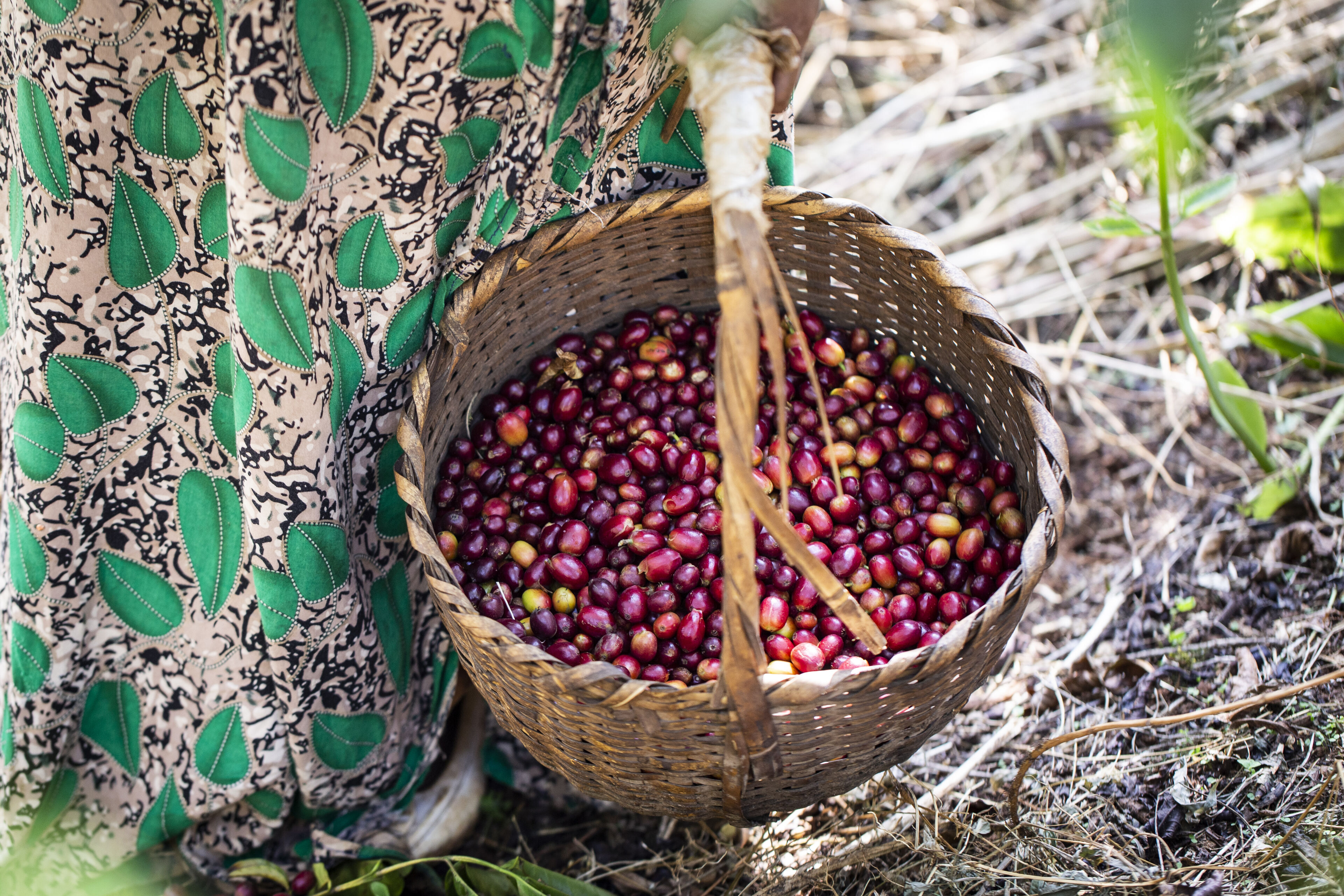
Harvest in Ethiopia: what are the forecasts?
The harvest began in November and is at its peak in the Jimma region. The Belco team in Addis Ababa was able to taste a few samples. To answer the question on everyone's lips: they're very good! While you're waiting for yours, here's the essential information to remember about the start of the Ethiopian harvest.
Small harvest or record year?
Whether in the west of the country, in Kaffa and Jimma, or in the south, in Guji and Yirgacheffe, the heavy rainfall of the 1ᵉʳ half-year affected the flowering of the coffee trees. The result? Yields are rather low this year.
While the harvest is low in quantity, the quality should nevertheless be good, if not very good. The washing stations will be able to manage the arrivals of coffees well, and therefore process them better. This should further improve quality.
Are prices still as high as ever?
This year, we expected prices to remain as high as last year. But 2022/23 was an exceptional year, with grade 2 coffees fetching the price of grade 1 coffees. This year, prices have generally fallen.
The only exception is the Ghedeb woreda, where prices remain high due to a unique flowering and strong demand from buyers.
Renewed confidence from producers
During the season, we visited each farm in our network 1 or 2 times. The growers showed their confidence in the Addis Ababa team: Fantanesh, Quality Manager, Naomi, Quality Assistant, Meded, Field Engineer, and Shambe, Field Co-ordinator, who were very much at their side.
The team has been working hard with producers to raise awareness of the importance of drying, following last year's problems with humidity.
While the market trend is to speed up drying and save time, this special relationship with producers means that we can continue to ask them for cherries with a moisture content of 9 or 10%, when the average is more like 11%. All this, of course, to guarantee you the best possible quality.
When should you request your samples?
Like us, you're probably in a hurry to taste the first Ethiopian coffees! But the best time to cup a sample is about 1 month after the end of the harvest.
The coffee must have had time to dry, and be cupped without the 'green' acidity of coffees that are too fresh, spoiling your enjoyment. That's why we keep you informed of the progress of the harvest: so that you can taste your samples at the right time, as close as possible to the final product.
The ideal time to cupping a Kaffa, Jimma, Limmu or Gera coffee is in February. For coffees from the south, from Guji, Yirgacheffe or Sidama, we advise you to wait until March and April.
Did you like this article? Share it with your community:
